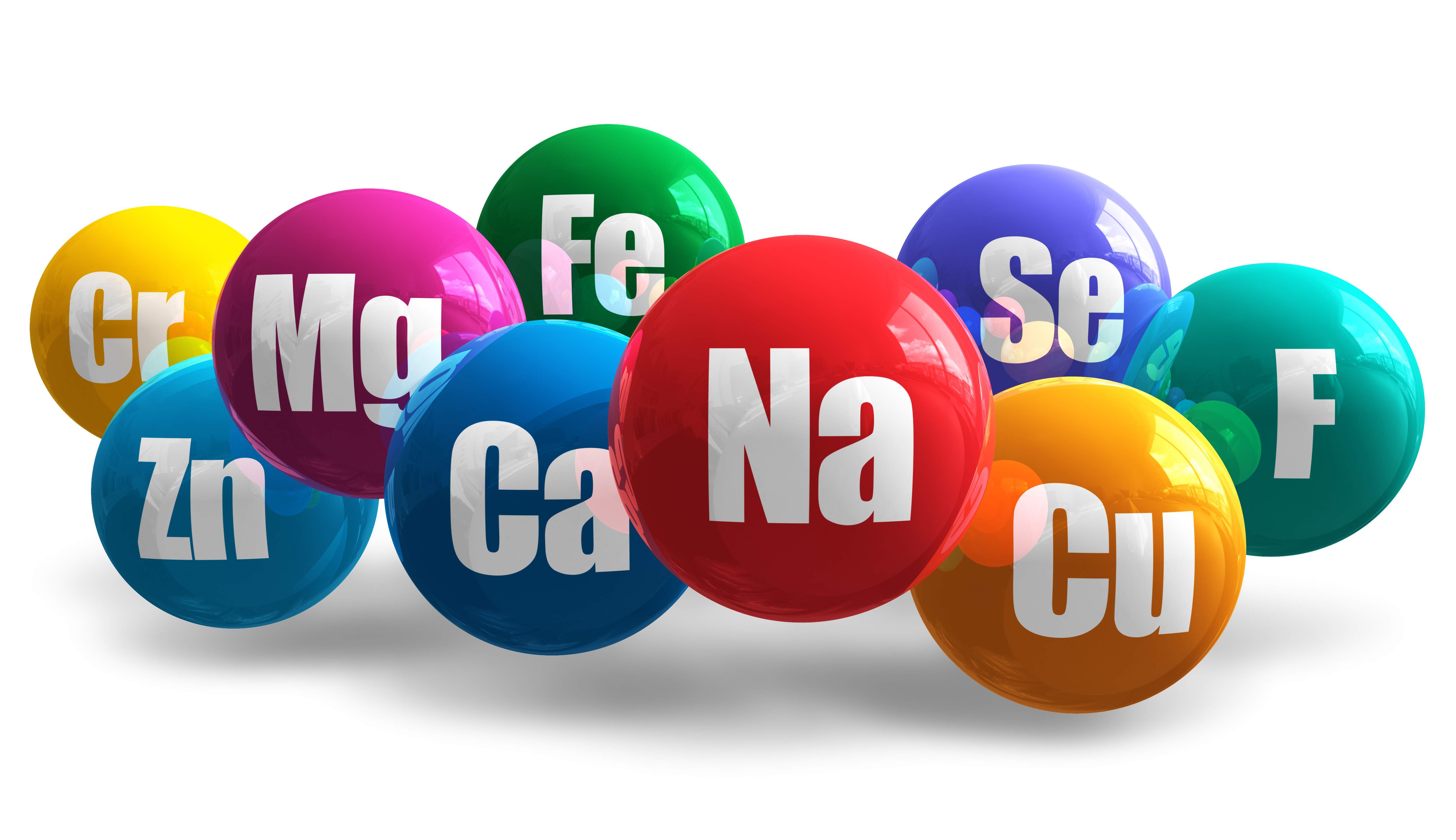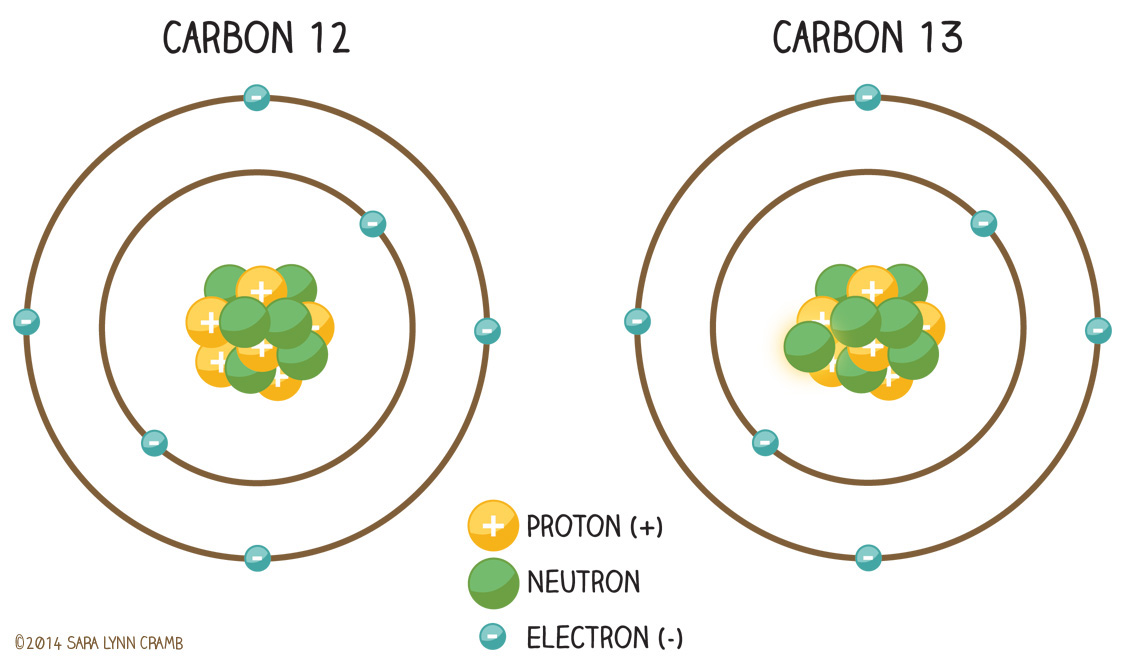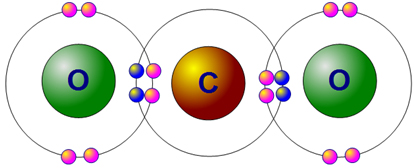Chemistry 1 Revision Cards
- Created by: Abbas149
- Created on: 16-09-17 19:08
Atoms
Atoms Contain Protons, Neutrons and Electrons
The Nucleus
- It's in the middle of the atom
- It contains protons and neutrons
- It has a positive charge because of the protons
The Electrons
- Moves around the neucleus in the electron shells
- They're negatively charged and tiny, but they cover a lot of space
Number of Protons Equal Number of Electrons
- Atoms are neutral - they have no charge overall
- The charge on the electrons is the same size as the charge on the protons, but opposite - so the charges cancel out
Elements
Elements Consist of Atoms With the Same Atomic Number

Atoms Can be Represented by Symbols
- Atoms of each element can be reprenented by a one or two letter symbol e.g. C = Carbon O = Oxygen Mg = Magnesium
Isotopes
Isotopes are defined as:
Different forms of the same element, which have the SAME number of PROTONS but a DIFFERENT number of NEUTRONS.

Relative Atomic Mass
Relative atomic mass is an average mass taking into account the different masses and abundances (amounts) of all isotopes that make up the element.
Reletive Atomic = sum of isotope abundance x isotope mass number
Mass Sum of abundances of all isotopes
Compounds
Atoms Join Together to Make Compounds
When elements react, atoms combine to form compounds
A sodium atom gives an electron to chlorine atom
Formulas and Equations
A Formula Shows What Atoms are in a Compound
For example, Carbon Dioxide, CO2, is a compound formed from a chemical reaction between caarbon and oxygen. It contains 1 Carbon atom and 2 Oxygen atoms.
Carbon + Oxygen = Carbon Dioxide
C + O = CO2

Mixtures
A mixture is a material made up of two or more different substances which are mixed but are not combined chemically. A mixture refers to the physical combination of two or more substances in which the identities are retained and are mixed in the form of solutions, suspensions, and colloids.
Chromatography
Chromatography can be used to separate mixtures of coloured compounds. Mixtures that are suitable for separation by chromatography
Simple chromatography is carried out on paper. A spot of the mixture is placed near the bottom of a piece of chromatography paper and the paper is then placed upright in a suitable solvent, eg water. As the solvent soaks up the paper, it carries the mixtures with it. Different components of the mixture will move at different rates.
Filtration and Crystallisation
This technique is used to separate an insoluble solid from a liquid. It can be used to obtain a product that is free from unreacted chemicals, by-products or solvent.
When a product is made as a solution, one way to separate it from the solvent is to make crystals. This involves evapourating the solution to a much smaller volume and then leaving it to cool. As the solution cools, crystals form, and these can be obtained by filtration.
Electronic Structure
The electronic structure of an atom is a description of how the electrons are arranged. It can be shown as numbers or as a diagram.
Take lithium for example. The diagram shows each energy shell as a circle around the nucleus, with each electron represented by a dot. In the exam, do not worry about colouring in the electrons. Just make them clear and ensure they are in the right place. Sometimes you will be asked to use a cross rather than a dot.
The electronic configuration for lithium is written as 2.1 (showing that lithium atoms have three electrons, two in the first shell and one in the second shell).
The Modern Periodic Table
Mendeleev's table needed one important modification before it became the modern periodic table – the use of atomic number to order the elements.
All atoms of the same element contain the same number of particles called protons, and this is called the element's atomic number.
Metals
Iron, magnesium and gold are examples of metal elements. Metals have properties in common.
They are:
- shiny, especially when they are freshly cut
- good conductors of heat and electricity
- malleable (they can be bent and shaped without breaking)
Most metals also have other properties in common. They are:
- solid at room temperature, except mercury
- hard and strong
- they have a high density
Non-metals
Oxygen, carbon, sulfur and chlorine are examples of non-metal elements. Non-metals have properties in common. They are:
- dull (not shiny)
- poor conductors of heat and electricity (they are insulators)
- weak and brittle (they easily break or shatter when solid)
Most non-metals also have these properties:
- they have a low density (they feel light for their size)
- They are NOTsonorous (they do not make a ringing sound when hit)
Eleven non-metals are gases at room temperature, including oxygen and chlorine.
One non-metal, bromine, is a liquid at room temperature.
The other non-metals are solids at room temperature, including carbon and sulfur.
Transition Metals
The transition metals are placed in the periodic table in a large block between groups 2 and 3. Most metals (including iron, titanium and copper) are transition metals.
The transition metals have these properties in common:
- they are metals
- they are good conductors of heat and electricity
- they can be hammered or bent into shape easily
Group 0 Elements
The group 0 elements are found on the right hand side of the periodic table. They are called the noble gases because they are very unreactive. The highest occupied energy levels (outermost shells) of their atoms are full: helium atoms have two electrons in their outer energy level.

Group 7 – The Halogens
The Group 7 elements are called the halogens. They are placed in the vertical column, second from the right, in the periodic table.
Chlorine, bromine and iodine are the three common Group 7 elements. Group 7 elements form salts when they react with metals.
Group 1
The group 1 elements are found on the left hand side of the periodic table. They are called the alkali metals because they form alkaline compounds. Their atoms all have one electron in their highest occupied energy level (outermost shell). This gives the group 1 elements similar chemical properties to each other.
Reaction with Chlorine
All of the alkali metals reactvigorously with chlorine gas. Each reaction produces a white crystalline salt. The reaction gets more violent as you move down Group 1, showing how reactivity increases down the group.
2Na + Cl = 2NaCl
Sodium + Chlorine = Sodium Chloride
Reaction with Oxygen
The freshly cut surfaces are silvery and shiny, but quickly turn dull as the metal reacts with oxygen in the air. The group 1 metals react vigorously with oxygen to form metal oxides. Lithium burns with a red flame, sodium with a yellow-orange flame, and potassium burns with a lilac flame.
Reaction with Water
Group 1 elements react vigorously with water to produce an alkaline metal hydroxide and hydrogen gas. In general:
Metal + water → metal hydroxide + hydrogen
For example, here are the equations for the reaction of sodium with water:
sodium + water → sodium hydroxide + hydrogen 2Na + 2H2O → 2NaOH + H2 (the 2s in front of Na, H2O and NaOH are for balancing)
The reactivity of the alkali metals increases down the group. Lithium is the least reactive and potassium is the most reactive of the three. The hydrogen ignites immediately during the reaction between potassium and water with the potassium producing a lilac coloured flame.
Related discussions on The Student Room
- My year 10 gyg :) »
- aiming for all 9s »
- reuben's y13/medapps journey!! »
- 10 weeks going from C to A* - Alevel »
- best way to revise maths »
- a level chem+bio help »
- Advice about continuing an A- level subject in year 13 »
- Please help me how do i learn most of chemistry for alevel in less than two weeks »
- A- levels »
- surviving (hopefully) sixth form | year 12 journal »
Comments
No comments have yet been made